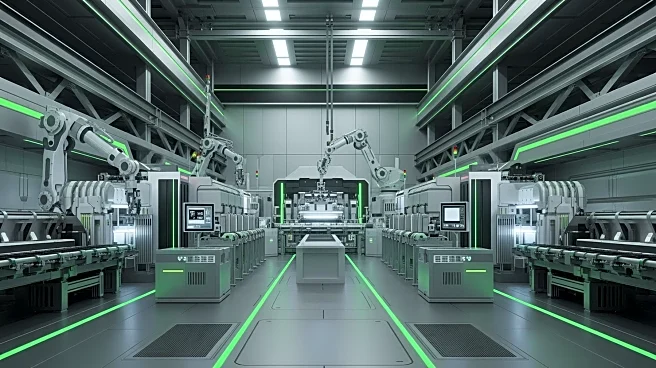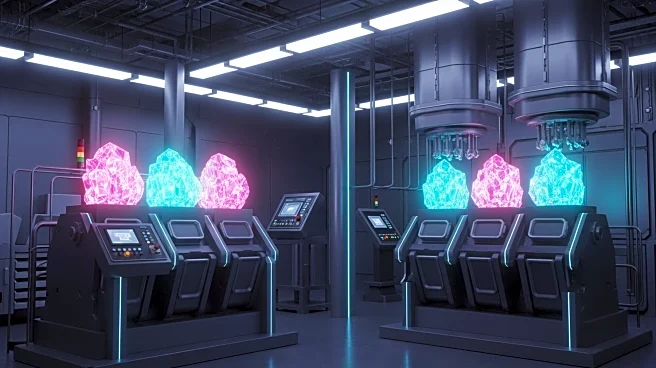What's Happening?
Researchers at North Carolina State University have conducted a study analyzing the environmental impact of bamboo-based tissue paper manufactured in China compared to traditional wood-based tissue produced
in North America. The study found that while bamboo fibers themselves do not produce more pollution than wood, the reliance on coal in China's energy grid results in a higher carbon footprint for bamboo tissue. The research highlights that the technology and energy sources used in production are more critical to emissions than the type of fiber. The study, published in Cleaner Environmental Systems, emphasizes that bamboo tissue production is not inherently more sustainable than wood-based tissue, as both undergo similar production processes.
Why It's Important?
This study challenges the perception of bamboo tissue as a more sustainable alternative to wood-based products. The findings suggest that the environmental benefits of bamboo tissue are negated by the coal-dependent energy grid in China, which increases emissions. This has implications for consumers and companies prioritizing eco-friendly products, as it underscores the importance of considering the entire supply chain and energy sources in sustainability assessments. The research could influence public policy and corporate strategies, encouraging a shift towards cleaner energy sources in manufacturing to truly achieve sustainability goals.
What's Next?
The study's authors, part of the Sustainable & Alternative Fibers Initiative at NC State, advocate for advancements in manufacturing technology and cleaner power generation to reduce emissions. This could lead to increased collaboration between industry, academia, and government to promote innovation in sustainable production practices. Companies may also reconsider their sourcing strategies and invest in regions with cleaner energy grids to improve the sustainability of their products.
Beyond the Headlines
The research highlights a broader issue in the sustainability discourse: the need to evaluate the entire lifecycle of products, including energy sources used in production. This could lead to a reevaluation of other 'green' products and their true environmental impact, potentially driving more comprehensive sustainability standards and certifications.












